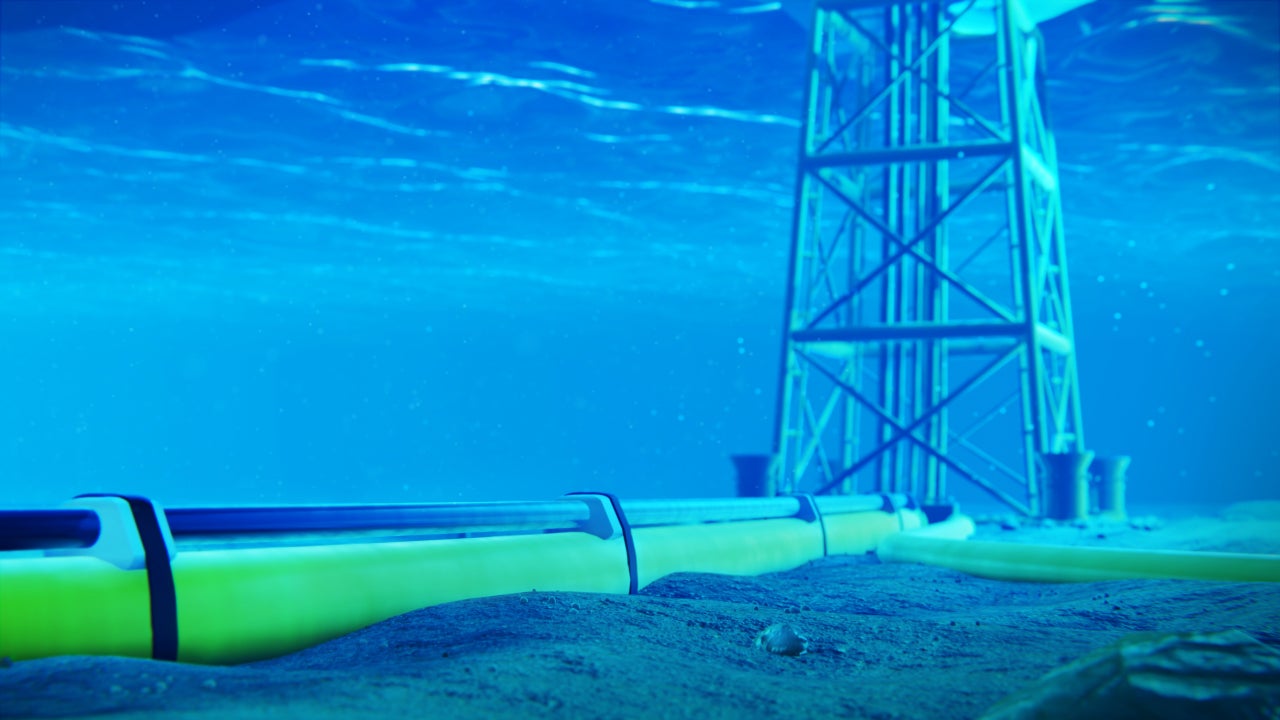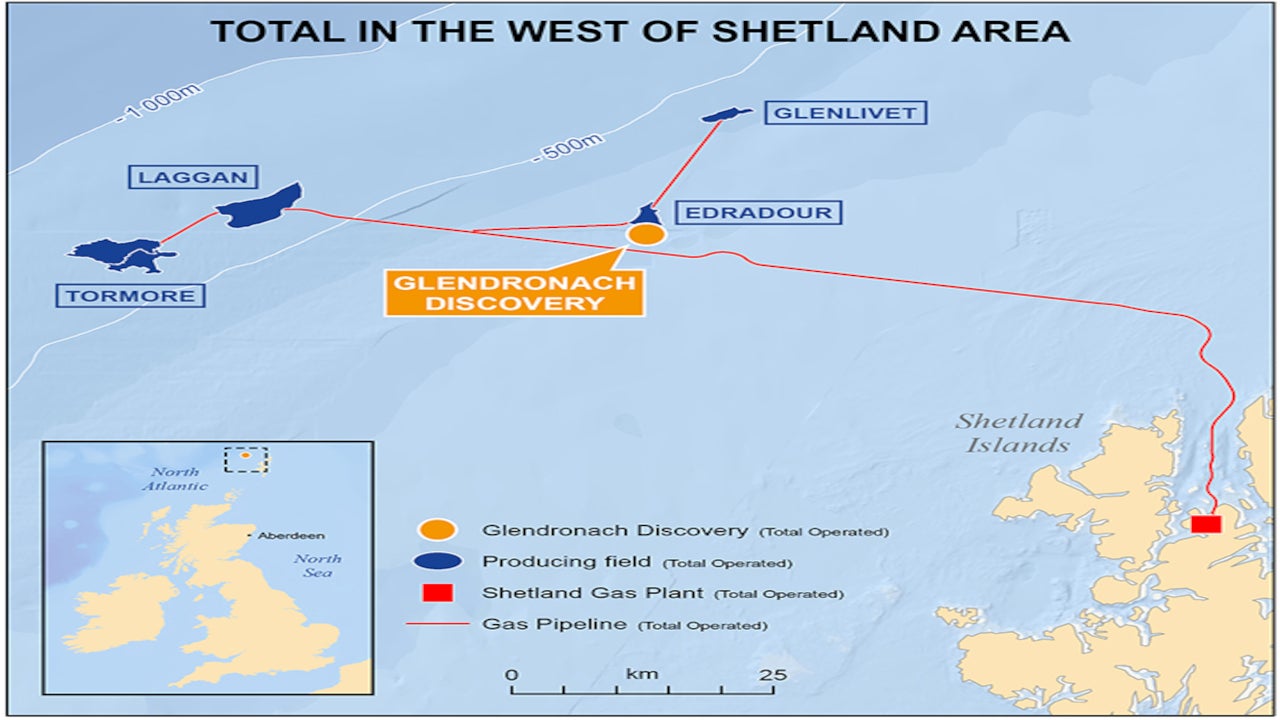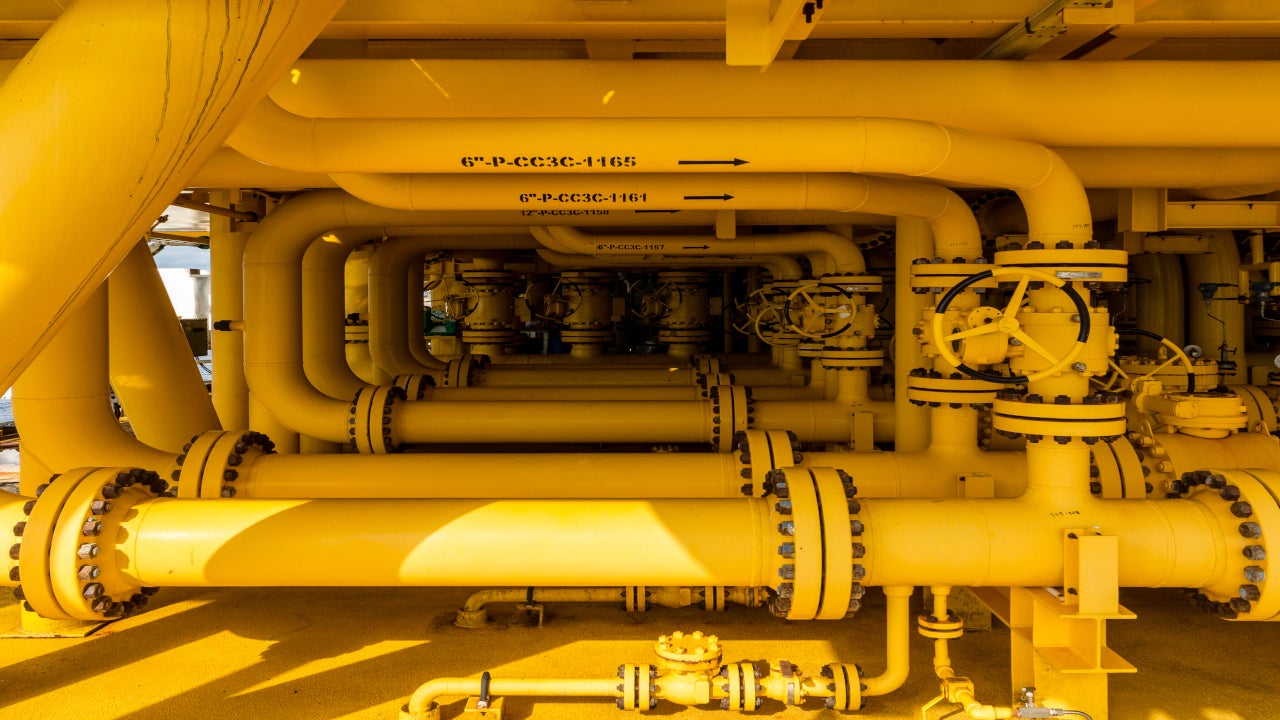Victory gas field is located at a shallow depth of approximately 160m in block 207/1a in the UK Continental Shelf (UKCS), approximately 48km north-west of the Shetland Isles.
The gas field is 100% owned by Corallian Energy, a British oil and gas company, in which oil and gas investment company Reabold Resources holds a 36.87% interest. Reabold also offered to acquire an additional 13.12% shares in the company in April 2021.
Corallian secured the Victory gas discovery in the UK Oil and Gas Authority’s (OGA) 32nd offshore licensing round launched in July 2019.
Reabold entered a convertible loan agreement with Corallian to advance £1m ($1.4m) to the company in February 2021. The funding will be used to conduct activities to support the submission of the field development plan to the Oil & Gas Authority by the end of 2021.
Estimated to involve an investment of £85m ($118.1m), the gas field is expected to come online by 2024. The gas project in the UKCS is anticipated to achieve plateau gas production in 2025, which will be at a planned rate of 70 million standard cubic feet per day (mmscf/d) for three years, delivering more than 25 billion cubic feet (Bcf) of gas a year. It is estimated to produce 157Bcf of gas over its lifetime of eight years.
Victory gas field geology and discovery
Situated in the licence area P2596, the Victory gas field was discovered by the drilling of 207/1-3 well by the then developer Texaco in 1977. The well was drilled to a total vertical depth of approximately 1,200m below mean sea level to intersect 225ft of high quality lower Cretaceous sandstone, encountering 67m gross and 61m net pay dry gas with 97% methane.
The 3D seismic data of the field was acquired as part of a Shell-operated group shoot in 1996 that revealed the interconnected Rona Ridge and the West Shetland Basin in the area witnessed a complex history of development with multiple phases of Cretaceous tectonism. The well was found to have excellent reservoir properties bearing gas without any fluid contacts. The field is estimated to hold 2C contingent resources of 151.7Bcf.
Appraisal activities
The discovery well of the Victory gas field was appraised by a 207/1a-5 well, which intersected a well-developed Victory sandstone reservoir below the Victory gas-water contact. A drill stem test for the sandstone reservoir was stopped early due to the inflow of sand into the test string at the maximum well flow of 9.15Mmscf/d.
The field has been fully appraised and requires no additional drilling work before development, except the development well.
Development plan of the Victory gas field
Victory is a simple, low-risk gas field that will be developed through a single subsea well tied back to HTT2 ‘T’, a local infrastructure in the Great Laggan Area, approximately 18km away from the Victory field. An umbilical connection to the Edradour gas field will also be set up as an alternative export option if required.
The Total-operated Laggan-Tormore pipeline in the area will transport the unprocessed gas to the onshore Shetland Gas Plant (SGP), located near Sullom Voe in the Shetland Islands.
The liquids from the SGP will be transported to the Sullom Voe oil processing plant through an 8in pipeline while the gas will be exported to the 32in Frigg UK Association (FUKA) pipeline through the 30in Shetland Island Regional Gas Export (SIRGE) system.
The FUKA pipeline will carry the gas to the St Fergus gas terminal in Aberdeenshire, from where the gas will be transported to the national grid.









